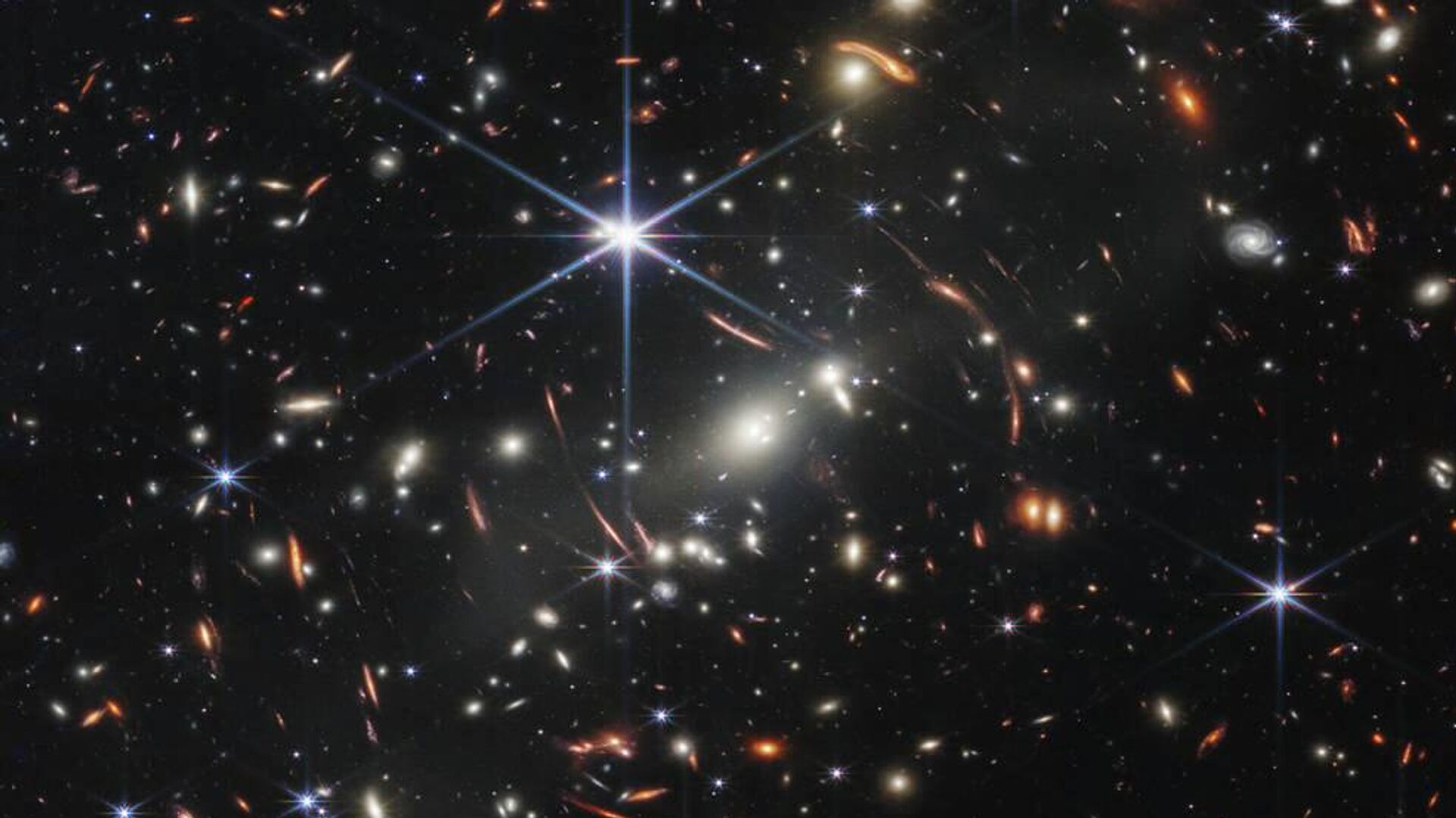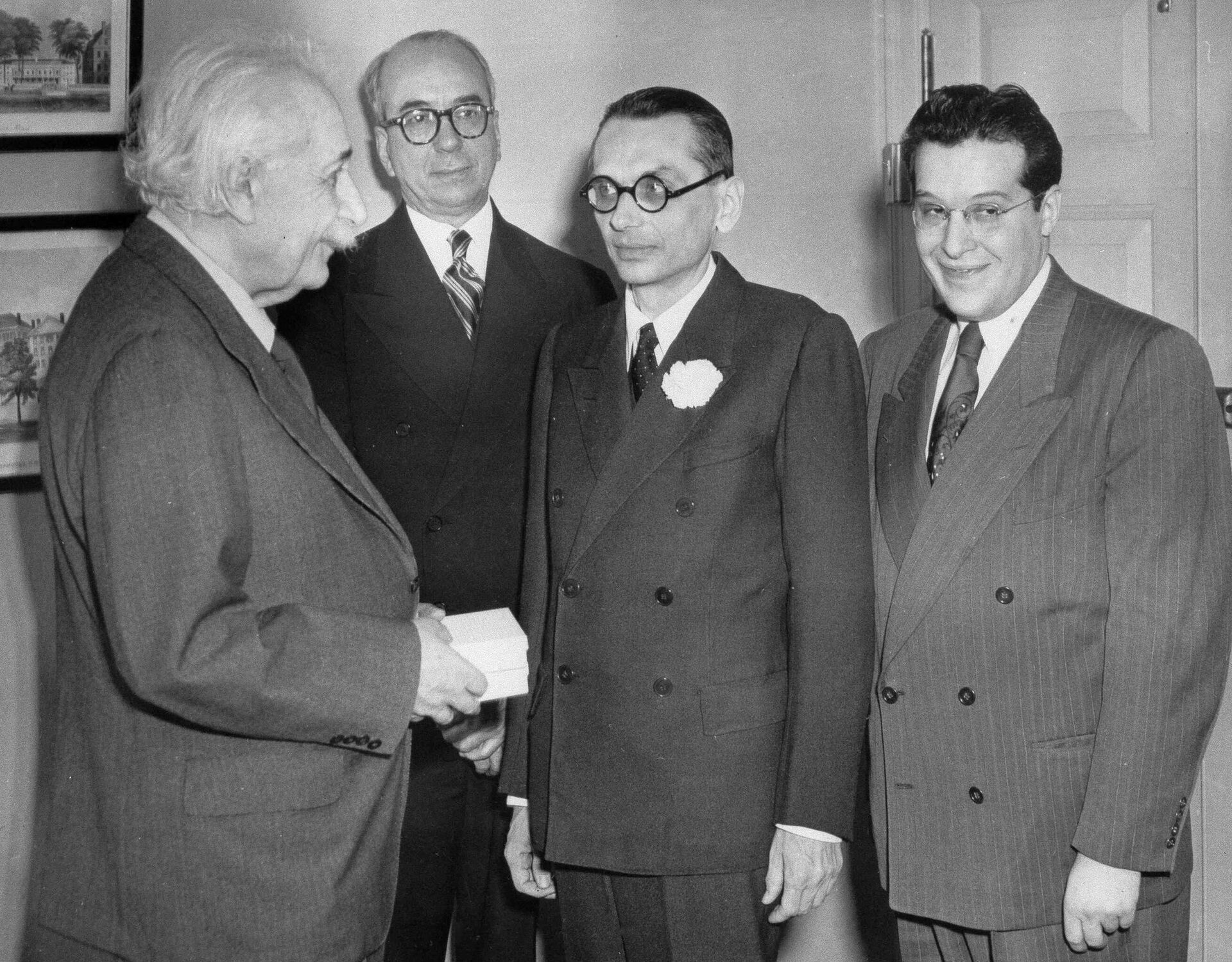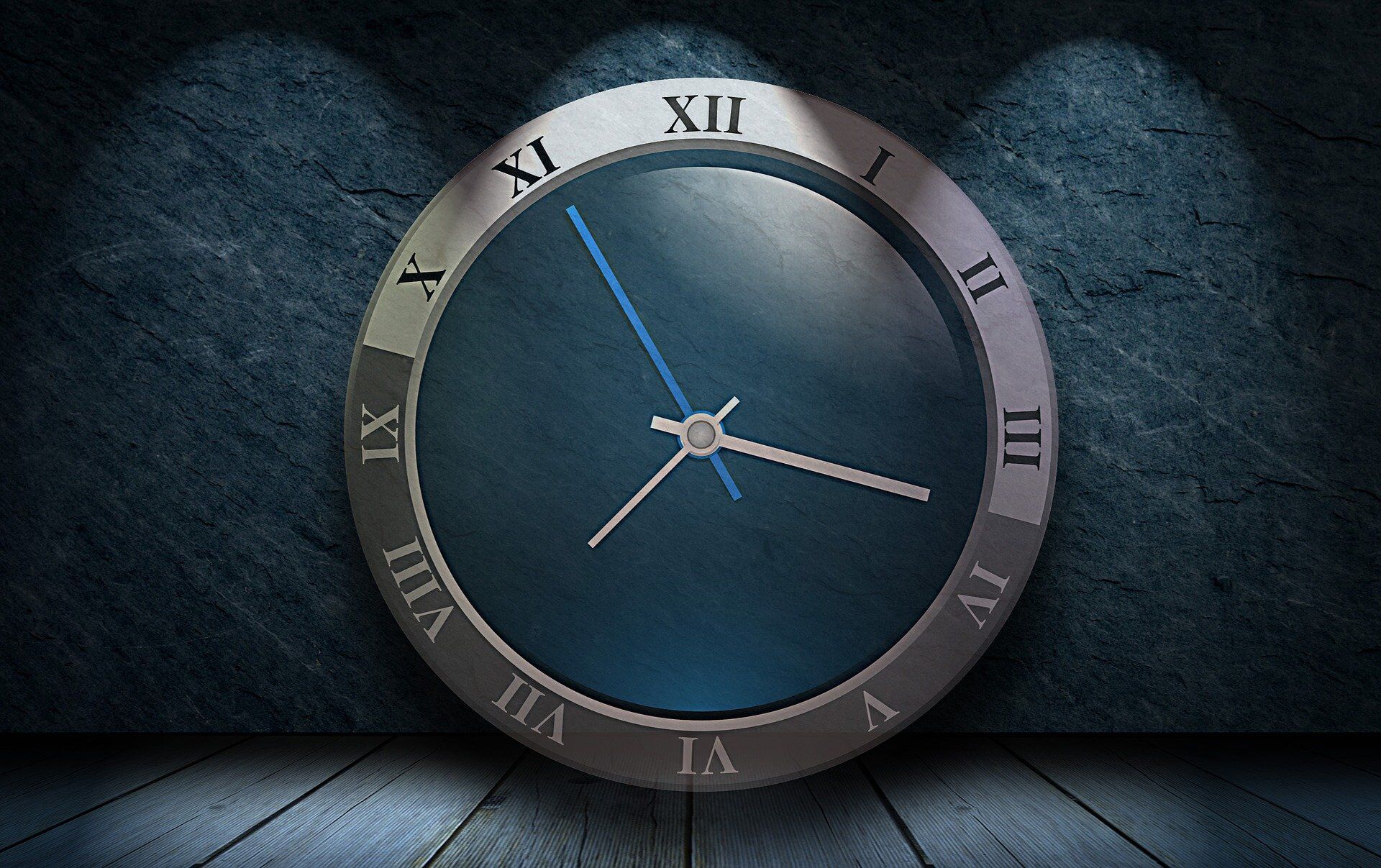https://sputnikglobe.com/20230113/spin-it-time-travel-is-possible-if-universe-is-rotating-study-suggests-1106280753.html
Spin It! Time Travel is Possible if Universe is Rotating, Study Suggests
Spin It! Time Travel is Possible if Universe is Rotating, Study Suggests
Sputnik International
Kurt Gödel proposed a solution to Einstein's equation back in 1949. Ithich suggestsed the possibility of traveling back in time.
2023-01-13T13:54+0000
2023-01-13T13:54+0000
2023-01-13T13:54+0000
science & tech
albert einstein
time travel
theory
universe
https://cdn1.img.sputnikglobe.com/img/07e6/07/0b/1097206042_0:225:985:779_1920x0_80_0_0_655dd7df00eb01477b0736bb30803c60.jpg
Over the course of years, many prominent scientists have obtained theoretical calculations, suggesting that one can turn back time - under certain conditions.The theoretical justification for time travel is contained in the 1949 work "An Example of a New Type of Cosmological Solutions of Einstein's Field Equations of Gravitation" by renowned Austrian mathematician Kurt Gödel. The scientist was a close friend of Einstein, whose work and discoveries he used.The movement of objects in time and space can be simplified into a curve that connects the past with the future. It is the past that affects the future, because the causes are in the past.In classical physics, one event can affect another only if the first occurs before the second. In the special theory of relativity, another condition is added - it states that nothing can move faster than the speed of light. Gödel showed that closed time-like curves can also be derived from one of the solutions to Einstein's equation. Since the curve is closed, the object moves along it not only forward in time, but also backward, which is how the theory of time travel was legitimized. As part of his solution, Gödel introduced the assumption that the universe can rotate. The gravitational force then bends space and time in such a way that not only forward, but also backward time travel becomes possible.The behavior of all elements in the universe in Einstein's theory - in our space-time - is described with four-dimensional lines, a kind of "longitude-latitude" of any physical bodies, simultaneously in space and time. According to Gödel, due to the rotation of the universe, these four-dimensional lines - "world lines" - are curved so strongly that they curl into a loop. If someone assumes that they try to travel along such a world line, one would eventually meet oneself, returning to one's past.The possibility of backward time travel creates paradoxes and violates our understanding of how things happen. While studies indicate that the universe is not rotating, Gödel used his calculations to argue that General Relativity is incomplete, and he may be proven right - which means that the possibility of time travel is still on the table.Theories Explaining Temporal ParadoxesAt the same time, some scientists have put forward various limiting principles in order to resolve the contradictions of the temporal paradoxes:Nobel Physics laureate Roger Penrose formulated this assumption in 1969 and called it the "Cosmic Censor Hypothesis." The principle states that singularities exist only in those regions of space-time that are inaccessible to the external observer (for example, beyond the event horizon of a black hole). That is, if time travel is possible, no one can see it.Igor Novikov formulated the principle of self-consistency in 1991. According to the hypothesis, closed time-like curves can exist in principle, but they connect globally "self-consistent" events. Then the actions of a time traveler could only lead to local changes, and the probability of an action changing an earlier event on the same curve is effectively zero.Finally, in 1992 Stephen Hawking proposed limiting the scales on which time travel is possible. He formulated the chronological immunity hypothesis, which suggests that closed time-like curves can exist only on submicroscopic scales.
Sputnik International
feedback@sputniknews.com
+74956456601
MIA „Rossiya Segodnya“
2023
News
en_EN
Sputnik International
feedback@sputniknews.com
+74956456601
MIA „Rossiya Segodnya“
Sputnik International
feedback@sputniknews.com
+74956456601
MIA „Rossiya Segodnya“
time travels, kurt gödel solved einstein equation, kurt gödel about rotating universe, kurt gödel proved time travelling i spossible, time travel paradoxes, cause and effect paradoxes, is time travel possible, theories about time travel, time teravel how, grandpa paradoxe, grandfather paradox
time travels, kurt gödel solved einstein equation, kurt gödel about rotating universe, kurt gödel proved time travelling i spossible, time travel paradoxes, cause and effect paradoxes, is time travel possible, theories about time travel, time teravel how, grandpa paradoxe, grandfather paradox
Spin It! Time Travel is Possible if Universe is Rotating, Study Suggests
Being able to go back in time and erase all of one’s mistakes is a long-held dream of mankind, described by many science-fiction and fantasy writers. However, people must ask themselves - is time travel even theoretically possible?
Over the course of years, many prominent scientists have obtained theoretical calculations, suggesting that one can turn back time - under certain conditions.
The theoretical justification for time travel is contained in the 1949 work "
An Example of a New Type of Cosmological Solutions of Einstein's Field Equations of Gravitation" by renowned Austrian mathematician Kurt Gödel. The scientist was a close friend of Einstein, whose work and discoveries he used.
The movement of objects in time and space can be simplified into a curve that connects the past with the future. It is the past that affects the future, because the causes are in the past.
In classical physics, one event can affect another only if the first occurs before the second. In the special theory of relativity, another condition is added - it states that nothing can move faster than the speed of light. Gödel showed that closed time-like curves can also be derived from one of the solutions to Einstein's equation. Since the curve is closed, the object moves along it not only forward in time, but also backward, which is how the theory of time travel was legitimized.
As part of his solution, Gödel introduced the assumption that the universe can rotate. The gravitational force then bends space and time in such a way that not only forward, but also backward time travel becomes possible.
The behavior of all elements in the universe in Einstein's theory - in our space-time - is described with four-dimensional lines, a kind of "longitude-latitude" of any physical bodies, simultaneously in space and time. According to Gödel, due to the rotation of the universe, these four-dimensional lines - "world lines" - are curved so strongly that they curl into a loop. If someone assumes that they try to travel along such a world line, one would eventually meet oneself, returning to one's past.
The possibility of backward time travel creates paradoxes and violates our understanding of how things happen. While studies indicate that the universe is not rotating, Gödel used his calculations to argue that General Relativity is incomplete, and he may be proven right - which means that the possibility of time travel is still on the table.
Theories Explaining Temporal Paradoxes
At the same time, some scientists have put forward various limiting principles in order to resolve the contradictions of the temporal paradoxes:
Any closed time-like curve passes through the black hole, which makes the violation of the causality principle invisible to the observer.
Nobel Physics laureate
Roger Penrose formulated this assumption in 1969 and called it the "Cosmic Censor Hypothesis." The principle states that singularities exist only in those regions of space-time that are inaccessible to the external observer (for example, beyond the event horizon of a black hole). That is, if time travel is possible, no one can see it.
Time travel is possible, but only if it does not violate the principle of causality.
Igor Novikov formulated the principle of
self-consistency in 1991. According to the hypothesis, closed time-like curves can exist in principle, but they connect globally "self-consistent" events. Then the actions of a time traveler could only lead to local changes, and the probability of an action changing an earlier event on the same curve is effectively zero.
Time travel is only possible on a submicroscopic scale.
Finally, in 1992
Stephen Hawking proposed limiting the scales on which time travel is possible. He formulated the chronological immunity hypothesis, which suggests that closed time-like curves can exist only on submicroscopic scales.



